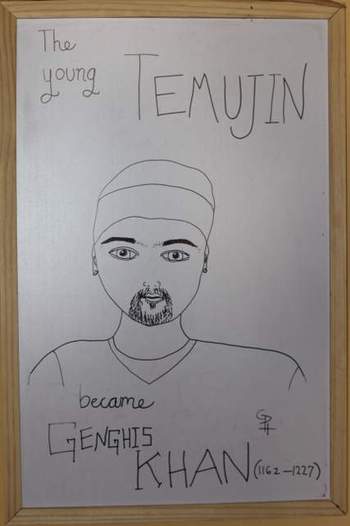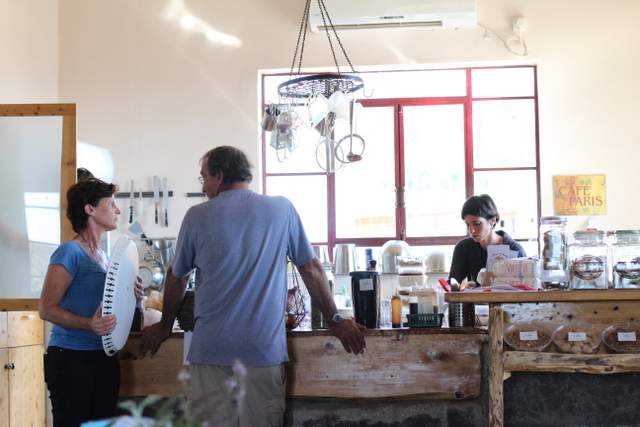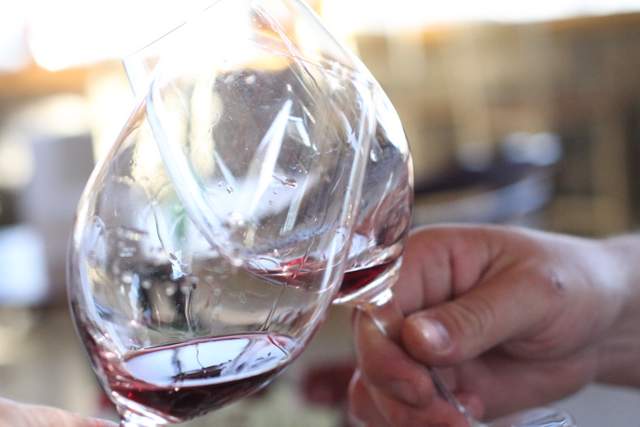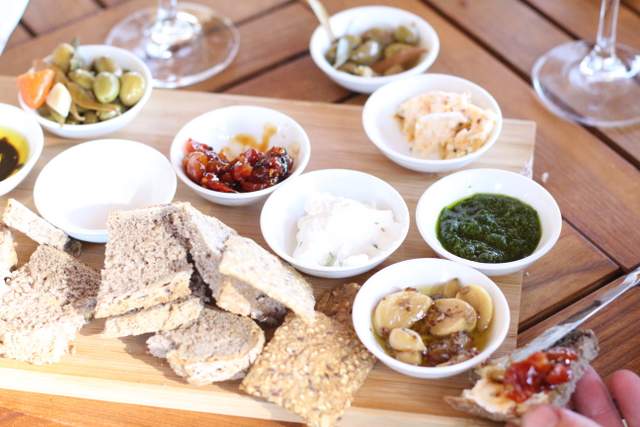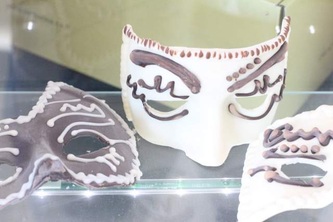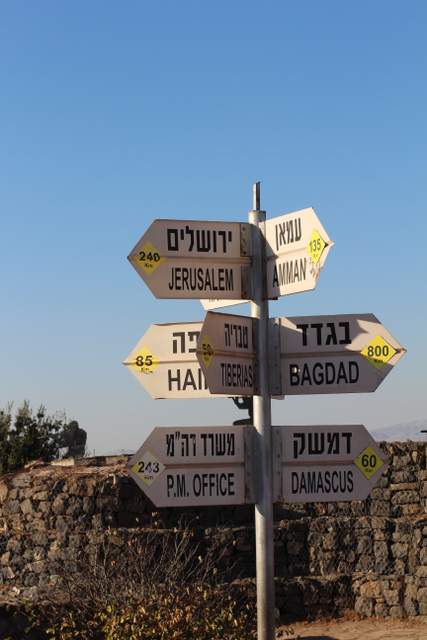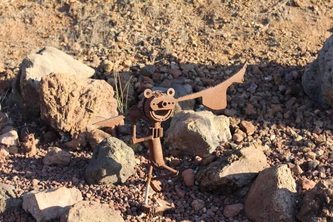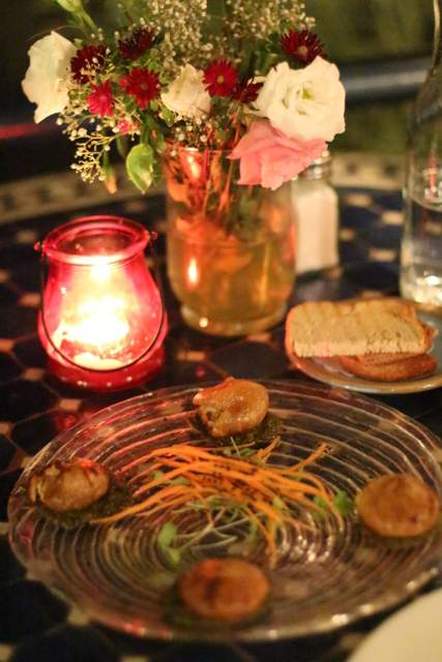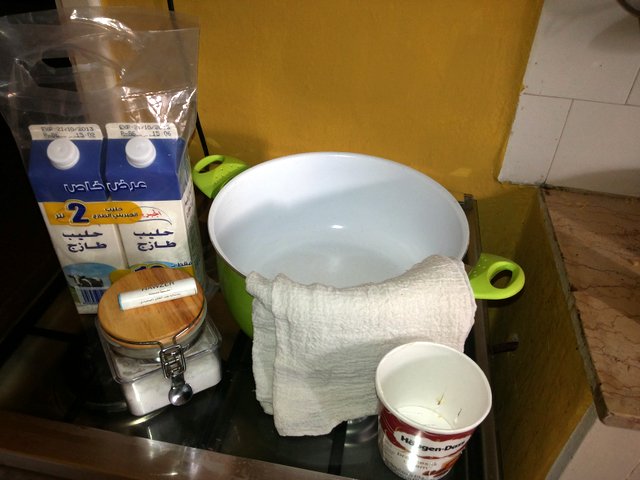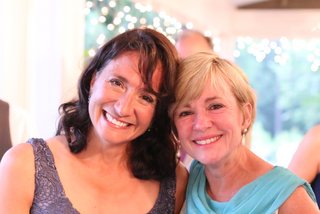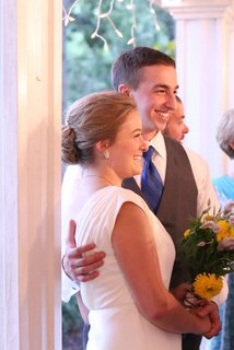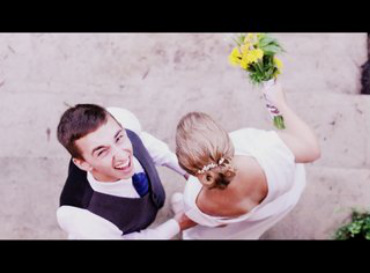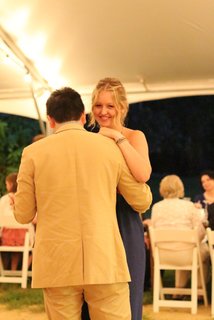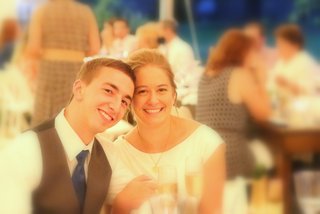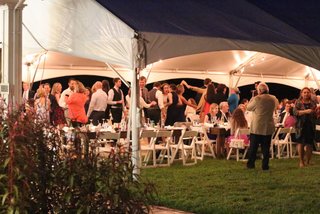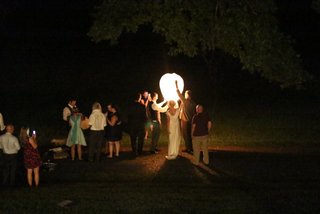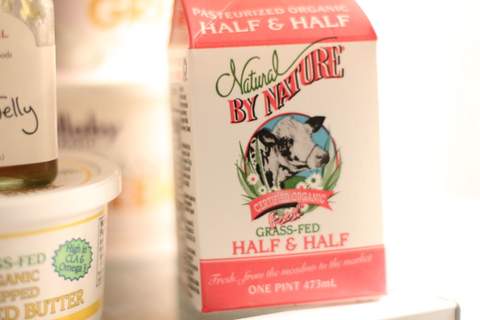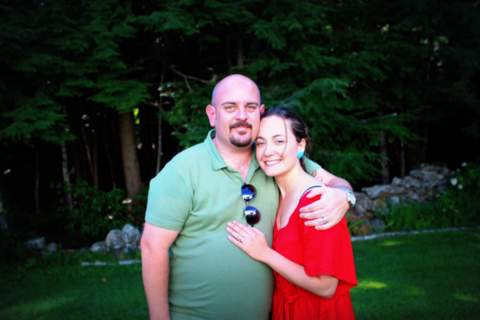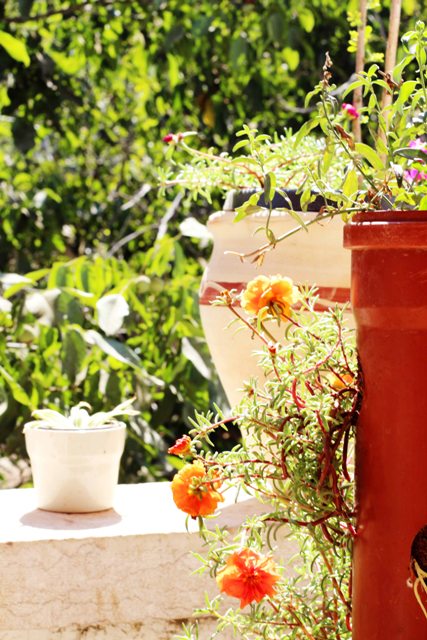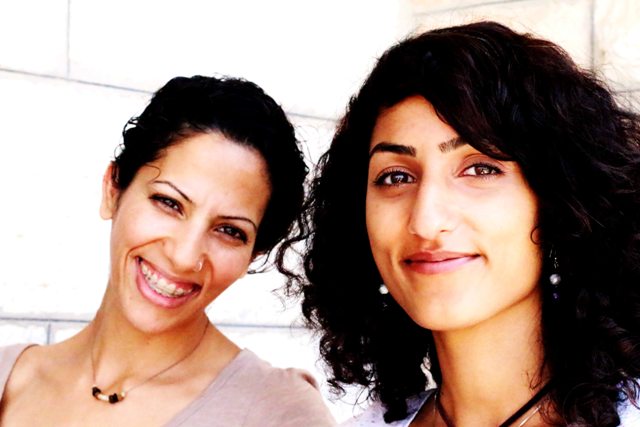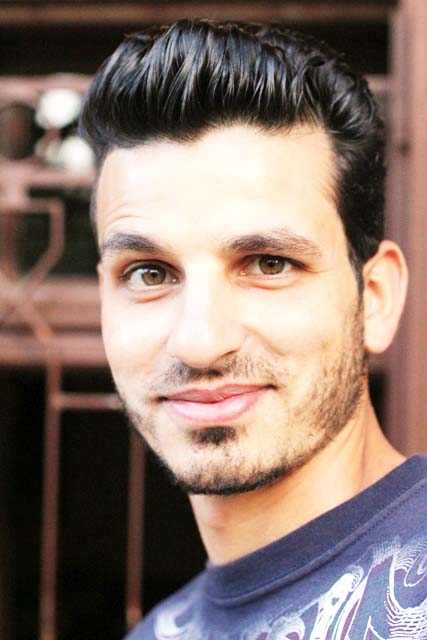How Artists and Writers are Usually the Opposite of Driven Business Types
 Today I got an update from Jonathan Fields of Good Life Project. He interviews all kinds of people who are changing the world in a meaningful way. I’m a fan of his show, and read the bio of the man he recently interviewed, Chip Conley. Here are a couple snippets.
Today I got an update from Jonathan Fields of Good Life Project. He interviews all kinds of people who are changing the world in a meaningful way. I’m a fan of his show, and read the bio of the man he recently interviewed, Chip Conley. Here are a couple snippets.
“As the founder of the legendary hotel group, Joie de Vivre, he shattered the status quo for excellence in hotel leadership and customer experience.”
and
“Chip was riding the crest of the wave. Then things went south…
With his success as an author he began traveling the country speaking to packed houses. But the hellacious schedule found him undernourished both creatively and physically. While on stage his body failed him in the most profound way. He literally died on stage. Chip’s heart had to be restarted several times in the amublance to the hospital.
He made it through, but it was a wake-up call. Conley wasn’t here just to build an empire, he was here to create meaning.”
The thing is, we’ve heard this story so many times. Ambitious business person experiences stress-related health problems and realizes life is about more than making money.
When artists, dreamers, and creatives hear this story, we simply can’t relate.

The “lesson” seems obvious. We start out in life instinctively knowing that this journey isn’t about empire-building, but rather, about meaning-building. In fact, we may wish we could focus a little more on making money — like Chip Conley before his heart attack.
However, what the artist instinctively knows about life is a huge gift, and also a massive head start. Some people need a heart attack to slow them down and get them to focus on what’s important. For others, it’s natural.

The challenge for artists, creatives, and dreamers who want to make meaning AND money is to focus on consistently building habits, or rituals, that combine both business skills and heart-based creation.
The way to start is through the 12 Rituals for Art + Income.
Genghis Khan Golan
We Came, We Saw, We Ate Chocolate
 Our planned road trip for this vacation.
Our planned road trip for this vacation.
The Packing Story
Hitting the Road
How to Make Jibneh (Guest Post by Prince Charming)
How to Make Jibneh by Prince Charming
Simple White Cheese
Ingredients
Instructions
- Heat two liters of milk in a pot until it is almost too hot to put you finger in. Don’t let it boil. turn off the heat.
- Immediately add ¼ cup (125 grams or so) of white vinegar or the juice of half a lemon, mix.
- Let sit for 20 minutes until the curd and whey have separated (when you see white chunks of cheese floating in yellowish liquid, it is done)
- Strain this through a cheesecloth. I usually tie this to my kitchen faucet and let it drain overnight, but if you want to eat it immediately just ball the cheese in the cloth and press it until most of the whey is out.
- Add a couple pinches of salt and mix.
- If you want paneer or queso blanco, you can press the cheese slightly using heavy cans or jars set on top of the cheese in a carton. Here is how it looks pressed:
Sawtain! (Double Health = Bon Appetit!) *** Al albak (right back atcha -- literally "to your heart") Prince Charming
3 Ways to Take Control of Your Time
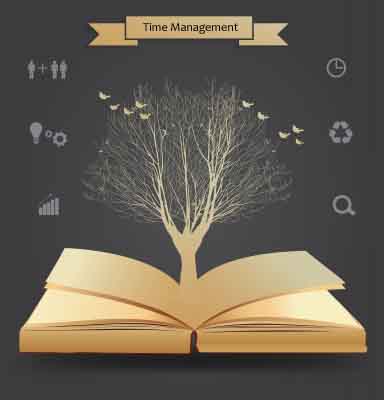
The 4th ritual for art and income is turning your schedule into your own personal fairy tale. That means owning your time. It means not letting someone else take the reins of your day. It means having time to do the things you want and need to do — making art, working on your career or business, spending time with the people you love, and anything else you need to do.It means doing what’s important without feeling guilty or like you are forgetting a commitment.
Without further ado, here are three ways to take control of your time.
 1.
Find your soul-mate calendar situation. This love relationship doesn’t have to last forever, but it does need to be exclusive. Settle on one calendar set-up, and stick with it. I prefer Google calendar, but if a beautiful notebook with touchable, soft pages is what works for you, choose that. It has to be something you will use.
1.
Find your soul-mate calendar situation. This love relationship doesn’t have to last forever, but it does need to be exclusive. Settle on one calendar set-up, and stick with it. I prefer Google calendar, but if a beautiful notebook with touchable, soft pages is what works for you, choose that. It has to be something you will use.
2.
Practice three ways to politely decline invitations or demands. If your default is “sure!” or “yes!” when someone asks you for something, it’s time to change your default response to demands on your time to something like: “No thanks.” “Let me think about it.” “Maybe…. can I get back to you?” This is the key to owning your time. We all have the same 24 hours in a day, and those who make the most of it spend those 24 hours doing activities they enjoy and that move them closer to their goals and desires.
3.
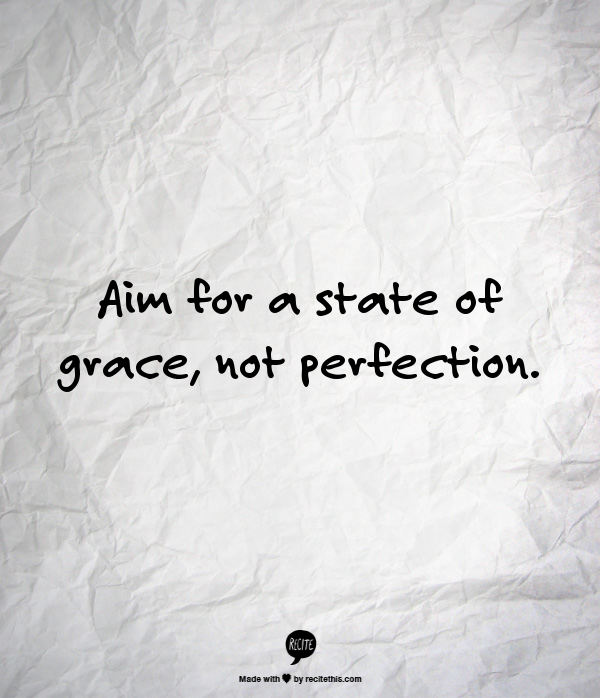 Aim for a state of grace, not perfection. No one, least of all those with the gifts of imagination and creativity, is perfect at managing their time. We all forget appointments and commitments. Grace means saying sorry when you let someone down by forgetting a
commitment. Grace means forgiving yourself and moving on when you let yourself down. Grace means high standards and higher levels of kindness to yourself and others.
Take action on idealizing your schedule by asking a few people you admire how they keep track of their commitments. Then create your own unique system so that you can create your ideal schedule.
Aim for a state of grace, not perfection. No one, least of all those with the gifts of imagination and creativity, is perfect at managing their time. We all forget appointments and commitments. Grace means saying sorry when you let someone down by forgetting a
commitment. Grace means forgiving yourself and moving on when you let yourself down. Grace means high standards and higher levels of kindness to yourself and others.
Take action on idealizing your schedule by asking a few people you admire how they keep track of their commitments. Then create your own unique system so that you can create your ideal schedule.

Day of the Catastrophe
My Brother's Wedding & Back to Palestine

It's always a challenge getting back to our little slice of heaven in Palestine. Last time my taxi home from the airport broke down, forcing me to hang out on the side of the highway for an hour while a replacement came.
This time, our first flight was late, meaning our entire trip became delayed by almost 24 hours. Then upon our arrival in Tel Aviv, we discovered that the airline lost all three of our checked bags (one was filled with books donated to a local library, but yes, we still traveled with a rather un-minimalist amount of stuff). After filing an incident baggage, we jumped in the special cab reserved for us (not one in the regular queue, which can only travel within Israel) . After a trip free of engine problems, we finally arrived home.
Home to our garden gate, that is. Morgan, our neighbor, rushed out to meet us at the entrance, explaining that we couldn't go into our house yet and it would be best to wait in the cafe for ten minutes or so.
Apparently, the bees, who live in a hive on the roof, had escaped. A swarm of them was filling the hallway
entrance to our apartment, thereby blocking our entry. Exhausted from our voyage, we just had to laugh. We waited ten minutes, and then gingerly stepped our way through the remaining cloud of confused, tired bees to our apartment. It was wonderful to be home and great to see Jelly Bean.
The last leg of our USA trip included my brother's beautiful wedding and then a trip to the family cottage at Holden Beach.
I practiced my photography a lot at the wedding, snapping some portraits with Prince Charming's 50mm lens.
NOTE: These photos are in a very small size because the internet is very, very slow right now, which means each photo is taking several minutes to upload. I will wait as long as it takes to upload my favorite photo from the wedding in a larger size, so when you see the bigger photo, you know that's my favorite.
East Coast USA Travels
Plunging Headfirst Into Creative Terror
“I can’t deal with the roller coaster of creating!” Does this sound like you? One of my clients said something similar, and it got me thinking about how to deal with this particular roller coaster without tossing your cookies or, worse, falling off the ride altogether.
First, let’s acknowledge that we kind of love the roller coaster. I know I do. Creating – and the emotions that go along with it – meet my needs for variety and adventure.
Roller coasters are supposed to be fun, right? Thrilling, a little scary, but ultimately, an adrenaline-filled blast.
That was the case when Prince Charming and I rode Tatsu at 6 Flags in Magic Mountain, California. It’s billed as “the tallest, fastest and longest flying coaster on Earth.” The seats flip after you get on so your body is open and parallel to the ground. At one point, you are plunging headfirst toward the ground, with no cage or car. It feels like flying. It was terrifying.
Sadly, the emotional experience of creating is not quite as thrilling as Tatsu. I saw a graph that described the emotions during an entire project from conception to completion.
You start off optimistic about the novel you are writing. The enthusiasm! The dreams of literary fame! But very quickly that emotion drops off. You begin to feel doubt: about your abilities, your story, your characters. You begin procrastinating because the story has lost your interest. Perhaps you keep going, but now your expectations are low. To even finish would be an accomplishment, never mind the Man Booker Prize.
This is where most people give up.
But not you, because you are reading this blog post. You aren’t most people. You are focused on your own sweet growth, and making a greater contribution to the world. You know that you’ve made a promise to yourself, and you are not the kind of person who would break that promise.
HERE IS HOW YOU KEEP YOUR PROMISE TO YOURSELF.
You must know that this isn’t about pushing yourself through. That will only lead to literary constipation. This isn’t about dragging your ass to the computer, unlike the butt-in-chair advice you’ll get from many writers. That is masculine advice, and it comes from a sense of being at war with yourself. Sometimes I will advise a masculine perspective. I even recommend the book The War of Art, by Steven Pressfield, as a general guide for artists. Yet when you are emotionally low is not the time to be at war with yourself.
When you want to toss your cookies on the emotional roller coaster of creating is when you need to make it easyon yourself. Nurture yourself. Have fun. Scream. Get up and dance. Look in the mirror and tell yourself how gorgeous you look. Be silly.
Set up a writing (or painting, designing, etc.) schedule of mini-goals or baby steps on the path to finishing your novel. Reward yourself every time you finish a baby step. Make them as tiny and incremental as necessary.
Fun little baby steps and lots of rewards was how I finished my first book. It helped that I was on my honeymoon while writing the middle section, and that my rewards could be long kisses and wine-sipping Grecian sunsets. Get creative with your own rewards.
Remember, it doesn’t matter if you give up and start again 100 times. All that matters is that you picked up the pencil, laptop, camera, or paintbrush again.
Take Action
Be present to your emotions during your art creation. How are you feeling right now about your project? Write down each separate emotion. Consciously feel your way through each emotion, and then acknowledge that each of them can be helpful, as long as you choose to move through them, and not get stuck there. Emotions – all of them – help us become better artists.
I would love to read about what you do when you hit emotional low moments during creating. Please let me know in the comments area below.
New Birthday Camera!
I've been practicing shooting in manual a lot. Some shots of my beautiful home here.
Prince Charming views my new hobby with pride only slightly tinged with jealousy of my brand new equipment. He's wanted me to share this hobby with him for a long time, and has taught me the basics of aperture, depth of field, exposure, shutter speed, and ISO. I learned a lot from his assignment to shoot a chessboard.
But my favorite thing to shoot has always been people.



